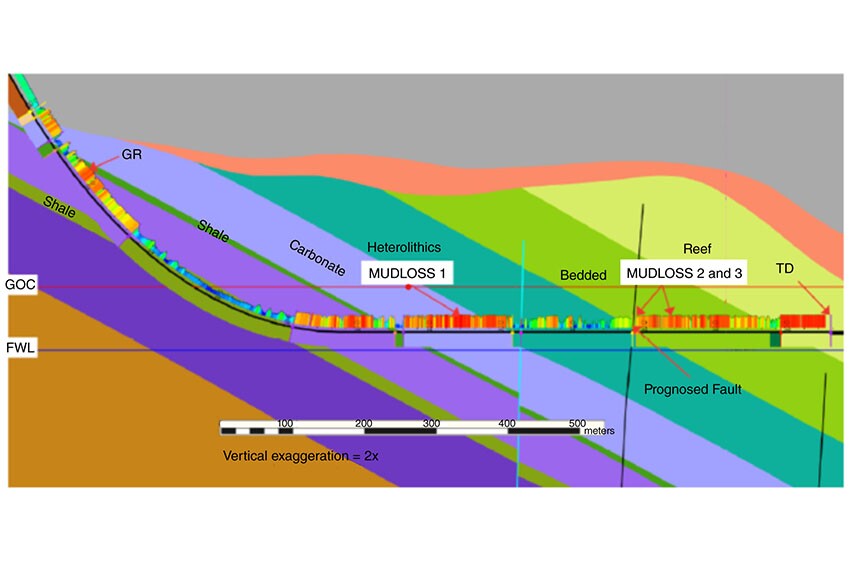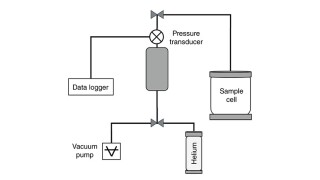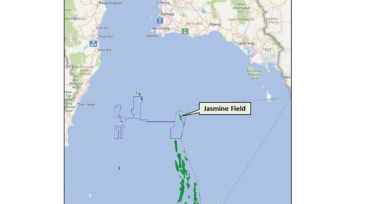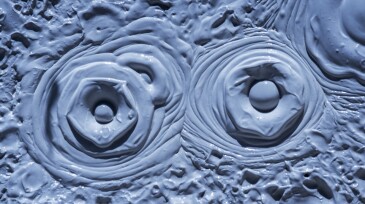Formation evaluation
This paper discusses cases from the North Sea and offshore California in which high-fidelity pressure and dynamics measurements, combined with high-speed telemetry, helped overcome complex geotechnical challenges.
This paper introduces new methods to perform reliable permeability and saturation-dependent relative permeability measurements in organic-rich mudrock core samples using a pressure-decay setup.
The authors of this paper present a workflow designed to achieve maximum integration between analytical and modeling activities in carbon capture and storage projects.
-
The author writes that careful calibration of a common, simple rock physics model can provide valuable insights into reservoir and seal elastic properties.
-
The paper highlights two case studies to illustrate successful development of marginal prospects to unlock remaining potential.
-
This paper provides an alternative solution to identifying, classifying, and vertically distributing fractures and a lateral distribution method for reservoir modeling.
-
The complete paper describes a tool developed to evaluate and characterize thin beds or laminations in a mature offshore field.
-
SponsoredMake the most of your time and investment by using innovative, cloud-based software to maximize existing data, better define subsurface assets, and create an accurate earth-scale model.
-
The utility of mud gas data so far has been limited to fluid typing, formation evaluation, and interwell geological and petrophysical correlation. The ongoing digital transformation has presented the opportunity to increase the utility of, and get more value from, the abundant and rich mud gas data. This article raises the question of whether getting more from mud gas…
-
SponsoredReduce uncertainty by turning varied, limited wellbore data into a reservoir-scale model on the cloud, as you need it, without excessive IT requirements and massive computer software. Gain valuable insights so you get it right the first time.
-
This paper describes a technology with the capability to map and detect lithology changes ahead of the bit in real time.
-
Traditionally, wireline or logging-while-drilling formation-testing technology has been the most accepted means of reservoir fluid characterization. But when those fluids are contaminated by mud filtrate, acoustic data can be used for fluid characterization during downhole sampling to successfully track and quantify small changes in oil compressibility.
-
This paper describes a technique used to derive stresses for a gas-storage field and then calibrate the 1D mechanical earth model of the field.













